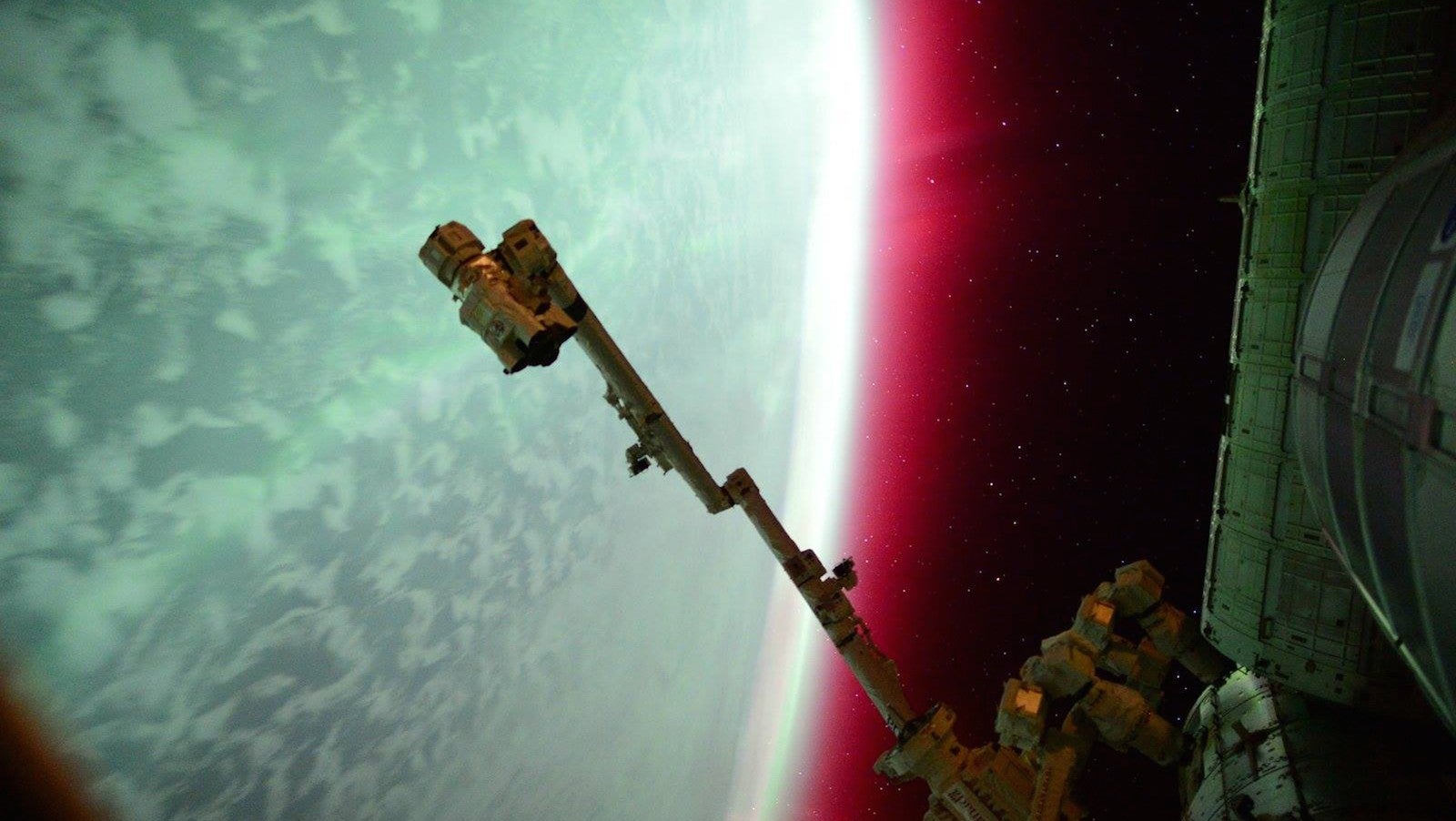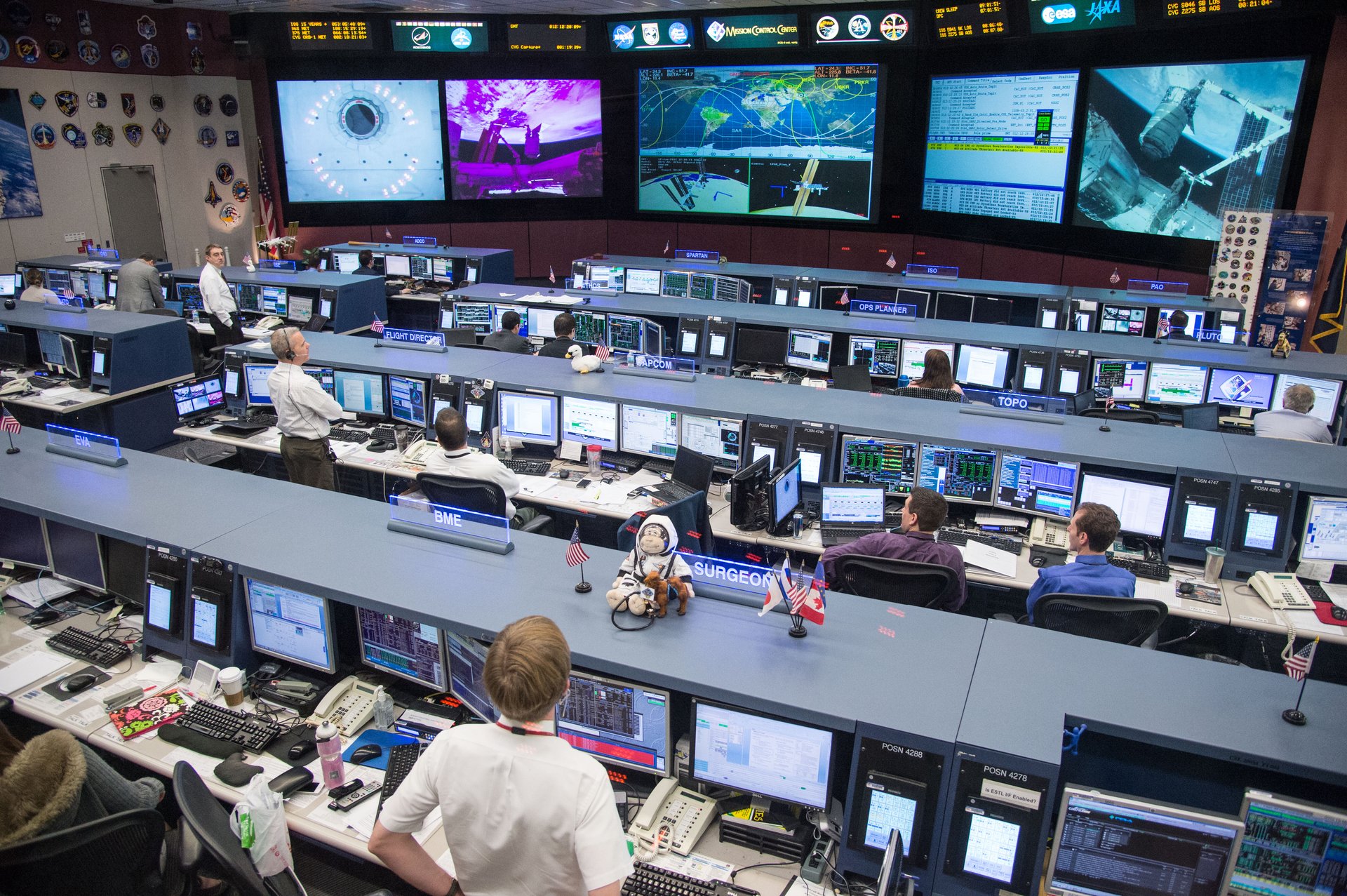The ultimate lesson of being an astronaut: Trust your team
I learned at a very early age, reading DC comic books, how Superman cleaned his red, blue, and yellow, not-so-chic, superhero uniform. He flew directly into our yellow Sun.


I learned at a very early age, reading DC comic books, how Superman cleaned his red, blue, and yellow, not-so-chic, superhero uniform. He flew directly into our yellow Sun.
The tremendous heat—given off by the same celestial body from which he got his super powers—burned the dirt and grime away. It was like that for me on the International Space Station (ISS)… sort of. While I didn’t need the sun to clean my clothes, I was Superman every day.
Temporarily granted access to some of his many super powers, I became (in my own mind) Superman. I could fly! I flew to breakfast, to work, to the bathroom. I even flew while I was going to the bathroom. As a matter of fact, I often flew through the space station humming the theme song from the Christopher Reeve movies. I was faster than a speeding bullet—traveling at 17,500 miles per hour. I was more powerful than a locomotive—able to lift most anything with a few fingers. I was Superman!
But my super hero status wasn’t limited to the Man of Steel. During a spacewalk with STS-131 and Discovery crew mate Richard Mastracchio, I was Thor; wielding my personal, but not-so-powerful hammer. It happened during one of our three spacewalks. A feisty ammonia tank, weighing in at around 1600 pounds, did not want to slide into its pre-configured space station resting place. The ground instructed me to hit the tank, with said hammer, hoping to coax it a bit. Since my hammer was about the size of a kitchen meat tenderizer mallet, the results I got were nowhere near what the God of Thunder could have accomplished.
Spiderman was also in residence on the ISS. His familiar, ultra-observant squatting position could be imitated—thanks to micro-gravity—easily, and in any orientation, inside the ISS. By simply gripping a handrail between my feet, I was ready to leap into action to help MJ or Aunt May.
But spaceflight isn’t about playing mythical super heroes. It is about real super heroes, living and working on and off planet Earth, hailing from 15 countries around the world. These dedicated individuals: astronauts, engineers, scientists, technicians, computer programmers, craftsmen, trainers, scuba divers, designers and more, are the foundation of successful spaceflight. While we astronauts may be the most visible, thousands of conscientious individuals support those of us fortunate enough to fly in space. Space flight is a team sport, and our lives depend on the efforts of those around us.
While my dreams came true living on board the ISS, I didn’t do it alone. Every single day I relied on my talented colleagues on the ground, as they unceremoniously scoured through tons of data and information. Keenly aware that they must flag anything looking the least bit “out of place,” they were poised, ready, and waiting to answer any of my questions about procedures or locating a spare part or piece of gear.
There were still others, stationed outside of the control room and around the world, always looking ahead. If equipment was malfunctioning, or an alternate method of execution or repair was needed, yeoman efforts focused on how to figure it out—sooner rather than later. Each and every one of them was there 24/7, ready to help, immersed in a job that separated them from their families, just as I was.
During my first fifteen years as a NASA shuttle and space station engineer, I was a small part of that team. I watched and worked with mission planners as we pieced together the myriad of aspects surrounding a space mission. I understood how employees across the country were engrossed—perhaps enthralled—to be developing procedures, scientific experiments, and equipment that would continue to help us unlock the mysteries of zero gravity.
I collaborated with designers who determined what the shuttle’s launch window would be and the time of rendezvous with the ISS. Across the oceans, emergency landing sites were being readied in the event of a transoceanic abort, and sequences on how the US and Russia would actually assemble the ISS were born. The NASA system, now worldwide, hummed like a well-oiled machine, everyone and everything focused on the execution of successful missions.

The privilege of living and working in space is granted to very few. I am fortunate to have been one of them. We must always be aware that while orbiting the Earth, we astronauts are but the tip of a huge iceberg—an iceberg whose true worth hides beneath the waves of the sea. Keeping everything stable, upright and strong, it serves as a symbol of a formidable monolith—a single, unified, powerful and influential force—deserving of serious attention and respect… even from super heroes.
Read more about Clayton’s adventures in The Ordinary Spaceman: From Boyhood Dreams to Astronaut.